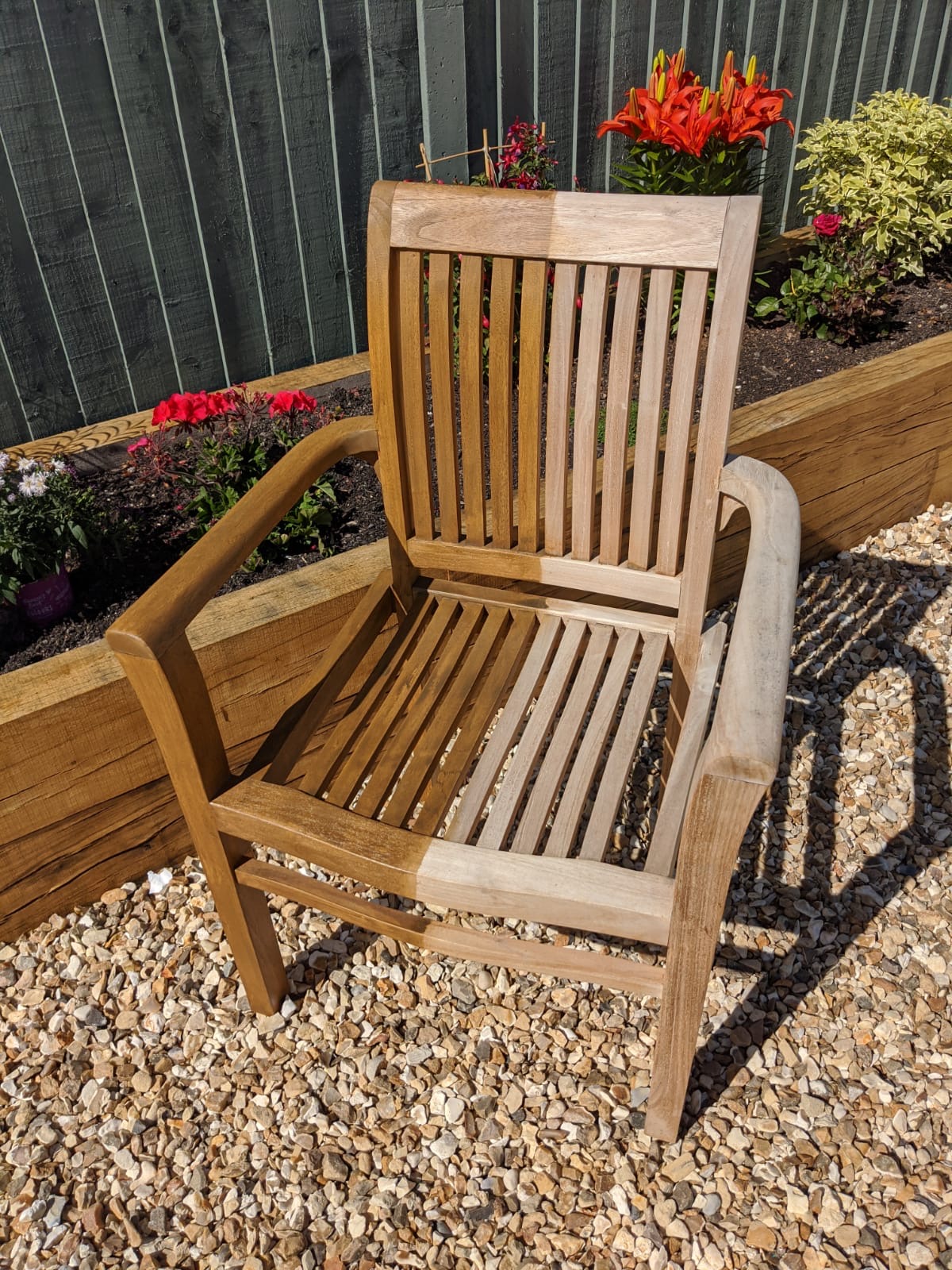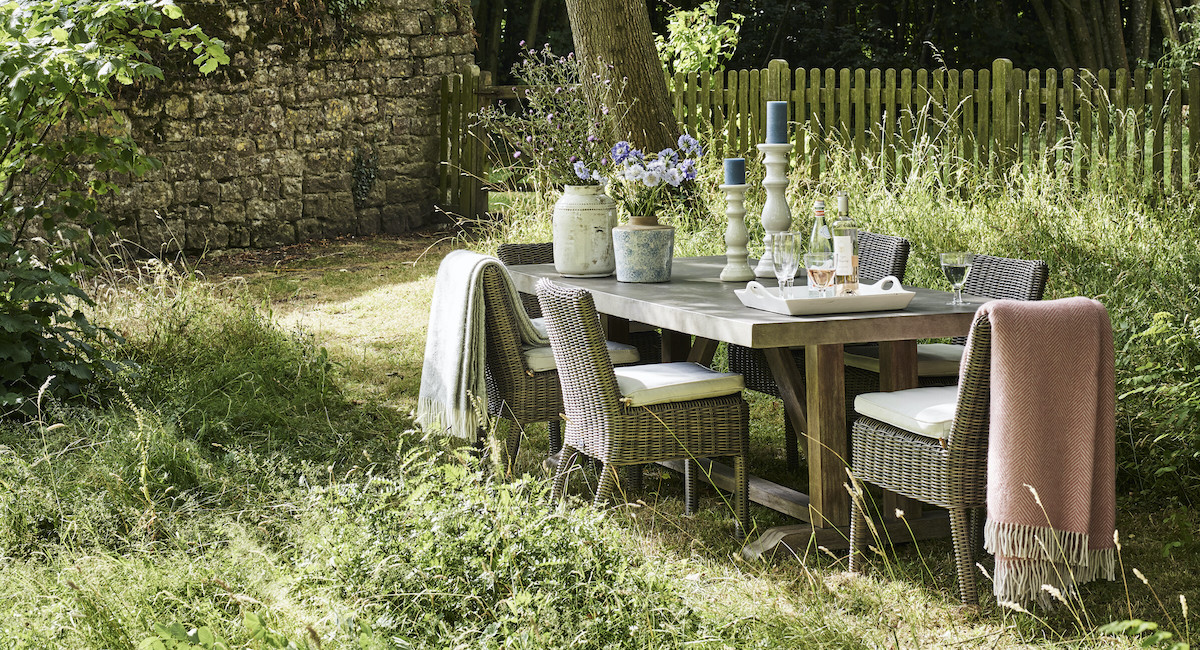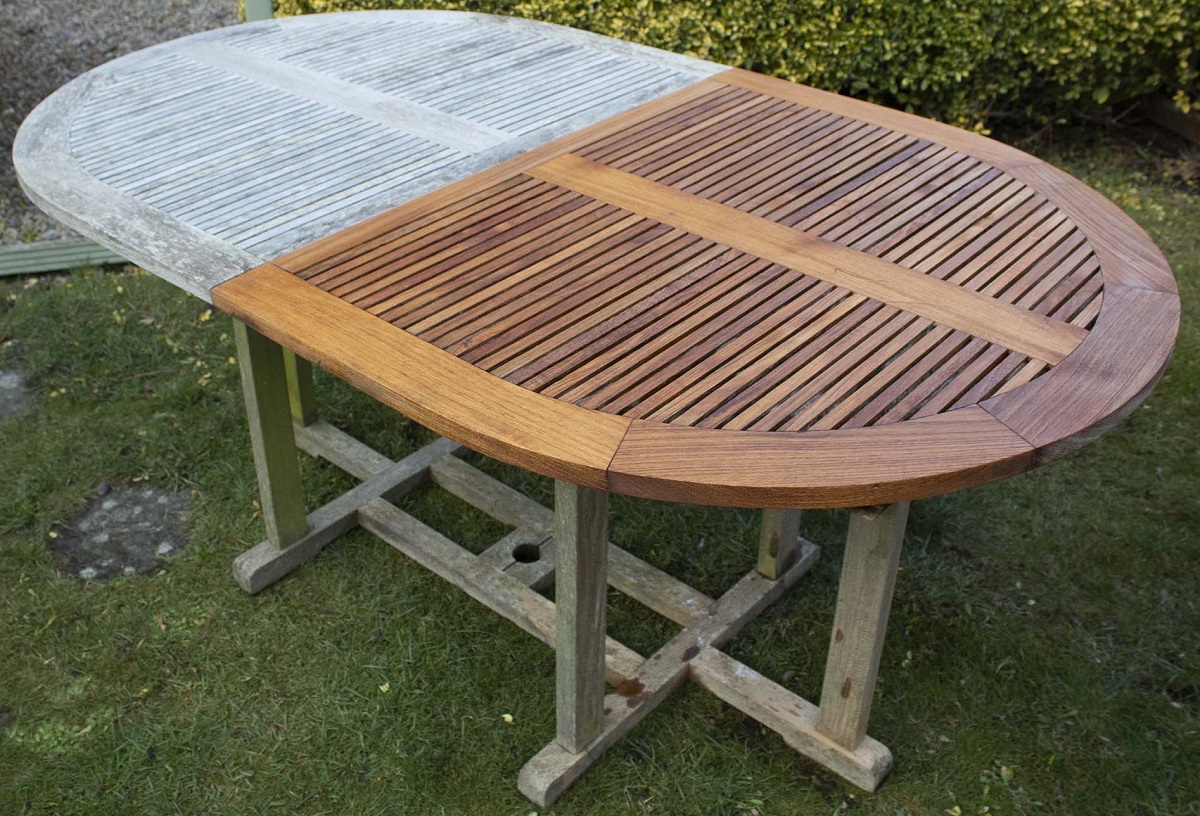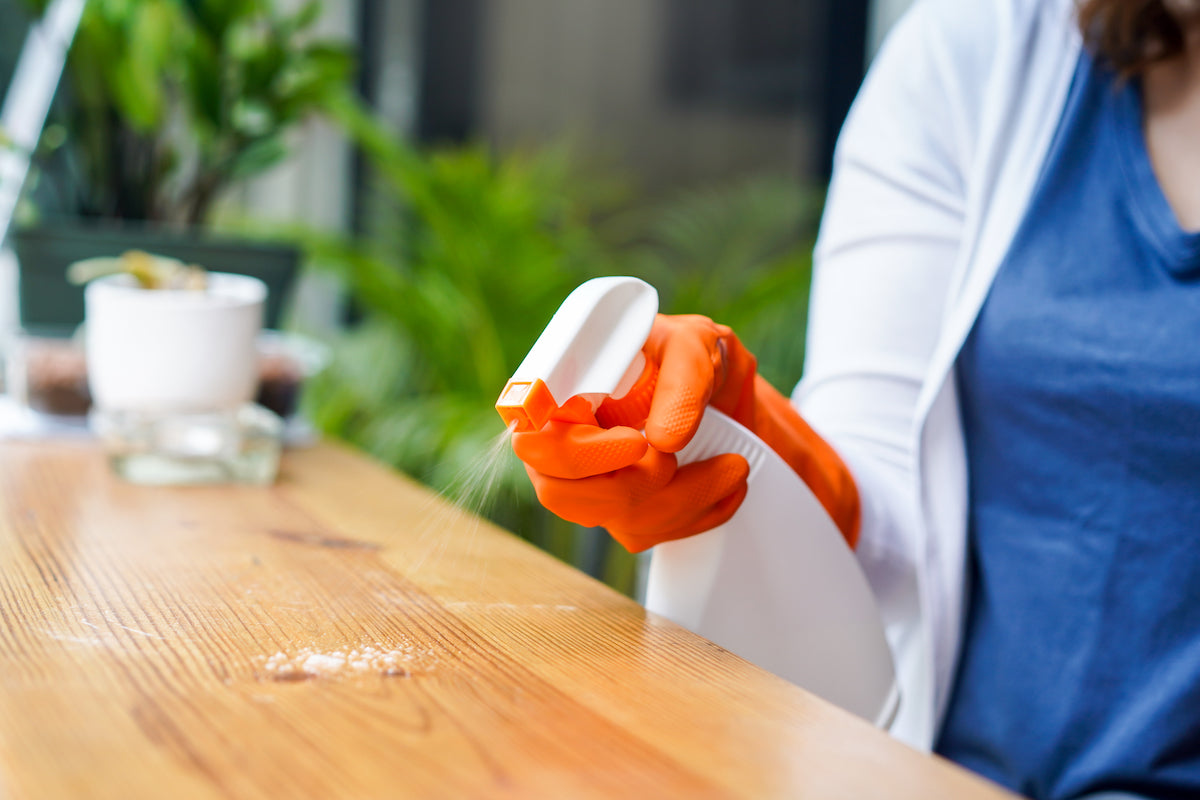Introduction
Teak outdoor furniture is renowned for its durability, beauty, and resistance to the elements. Originating from Southeast Asia, teak has been a popular choice for outdoor furnishings for centuries. Proper care and maintenance are essential to ensure your teak furniture retains its natural beauty and longevity. In this comprehensive guide, we’ll delve into the intricacies of caring for teak outdoor furniture, covering everything from cleaning and protection to restoration techniques.
Understanding Teak Wood
Before delving into care practices, it’s crucial to understand the characteristics of teak wood. Teak (Tectona grandis) is a dense hardwood known for its natural oils and high rubber content. These properties make it highly resistant to moisture, rot, insects, and decay, making it an ideal choice for outdoor applications. Teak’s natural durability and stability allow it to withstand extreme weather conditions without warping or deteriorating.

Cleaning Teak Furniture
Regular cleaning is essential to prevent the buildup of dirt, grime, and mildew on your teak furniture. Begin by brushing off any loose debris using a soft-bristle brush or a clean cloth. Next, prepare a solution of mild detergent or teak cleaner mixed with water. Use a sponge or soft brush to apply the cleaning solution to the furniture, working in the direction of the wood grain. Allow the solution to sit for a few minutes to loosen dirt and stains, then rinse thoroughly with water. Avoid using harsh chemicals or abrasive cleaners, as they can damage the wood’s surface.
Removing Stains
Over time, teak furniture may develop stains from food spills, bird droppings, or environmental pollutants. To tackle stubborn stains, create a paste using equal parts baking soda and water. Apply the paste to the stained area and gently scrub with a soft brush or cloth. Alternatively, you can use a teak cleaner specifically designed to remove stains. For particularly tough stains, sanding the affected area with fine-grit sandpaper may be necessary, followed by refinishing.

Applying Teak Sealers and Protectants
While teak is naturally resistant to the elements, applying a sealer or protectant can enhance its longevity and maintain its appearance. Teak sealers form a protective barrier on the wood’s surface, shielding it from moisture, UV rays, and environmental damage. Before applying any sealer, ensure the furniture is clean and dry. Use a brush or cloth to evenly apply the sealer, following the manufacturer’s instructions carefully. Allow the sealer to dry completely before using the furniture. Reapply the sealer annually or as needed to maintain optimal protection.
Oiling Teak Furniture
Some homeowners prefer to oil their teak furniture to enhance its natural luster and protect it from drying out. Teak oil penetrates the wood’s pores, replenishing its natural oils and preventing moisture loss. Before oiling, clean the furniture thoroughly and allow it to dry completely. Apply teak oil evenly using a brush or cloth, working in the direction of the wood grain. Allow the oil to penetrate the wood for 15-20 minutes, then wipe off any excess with a clean cloth. Repeat the oiling process 2-3 times, allowing sufficient drying time between coats.

Maintaining Teak’s Natural Color
Teak wood naturally weathers to a silver-gray patina over time when exposed to the elements. While some homeowners appreciate this weathered look, others prefer to maintain the wood’s original golden hue. To preserve teak’s natural color, regular cleaning and protective treatments are essential. Additionally, applying a teak brightener or restorer can help revive the wood’s natural beauty by removing surface grime and oxidation.
Protecting Teak Furniture in Harsh Environments
If you live in a coastal area or an environment with harsh weather conditions, extra precautions may be necessary to protect your teak furniture. Consider covering the furniture during inclement weather or storing it indoors during the off-season. Additionally, applying a marine-grade teak sealer or varnish can provide added protection against salt spray, humidity, and UV exposure. Regular inspections and maintenance are crucial to identify any signs of damage or wear and address them promptly.

Restoring Teak Furniture
Over time, teak furniture may show signs of wear, including surface scratches, fading, and weathering. Fortunately, teak is a forgiving wood that can be restored to its former glory with the right techniques. Begin by sanding the furniture with fine-grit sandpaper to remove surface imperfections and smooth out rough areas. Take care to sand in the direction of the wood grain to avoid causing further damage. After sanding, clean the furniture thoroughly to remove dust and debris. Finally, apply a coat of teak oil or sealer to protect the wood and enhance its appearance.
Preventing Mold and Mildew Growth
In humid or damp climates, teak furniture may be prone to mold and mildew growth, which can detract from its appearance and compromise its integrity. To prevent mold and mildew, ensure proper ventilation around the furniture and avoid placing it in shaded, moist areas. Additionally, regularly clean the furniture to remove any organic matter or debris that could foster mold growth. If mold or mildew does appear, treat the affected areas promptly with a solution of equal parts water and white vinegar or a commercial mildew remover. Scrub the affected areas gently, rinse thoroughly, and allow the furniture to dry completely in the sun.
Protecting Teak Furniture from Physical Damage
In addition to environmental factors, teak furniture may be susceptible to physical damage from everyday use and activities. To minimize the risk of scratches, dents, and other damage, use coasters, placemats, and tablecloths to protect the surfaces from abrasive items and spills. Avoid dragging heavy objects across the furniture, as this can leave scratches and gouges in the wood. Regularly inspect the furniture for any signs of wear or damage, and address them promptly to prevent further deterioration.

Conclusion
Caring for teak outdoor furniture requires diligence, but the rewards are well worth the effort. By following proper cleaning, protection, and maintenance practices, you can ensure your teak furniture remains beautiful and functional for years to come. Whether you prefer the natural weathered look or want to preserve teak’s golden hue, regular care and occasional restoration will help maintain its timeless appeal. Invest the time and effort into caring for your teak furniture, and you’ll enjoy its beauty and durability for generations.